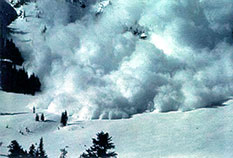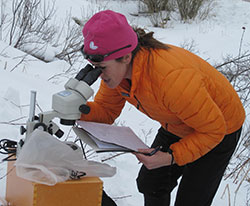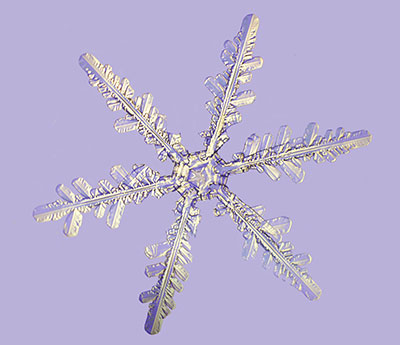 Avalanche Safety (HPSS 2286)
Avalanche Safety (HPSS 2286)
Ron Watters, Professor Emeritus
Department of Human Performance and Sport Studies
Idaho State University
HPSS 2286 - 1 Credit - Spring Semester Only
Brief Description: Avalanches are, by far, the most serious mountain hazard in the winter, and this course helps equip winter travelers with the knowledge and skills to minimize or avoid these hazards. Lecture topics include: snow crystal identification, snow pack metamorphism and factors influencing avalanche formation. Field sessions include: snow pit analysis, use of transceivers, rescue techniques and backcountry safety considerations.
For more information:
Avalanche Safety in the Backcountry (Concise guidelines for winter travel.)
Blank Snow Pit Charts (PDF downloadable snow pit charts used in the class.)
Recommended References:
Staying Alive in Avalanche Terrain by Bruce Tremper. Tremper is the man. If you get one book on avalanche safety, this is the one to get.
Avalanche Essentials by Bruce Tremper. This is a more compact, shortened version of Tremper's Staying Alive book above. If you would like a reference book that is simple and to the point, this is the one for you.
Ken Libbrecht's Field Guide to Snowflakes. Ken Libbrecht is a physicist and the high wizard of snow crystals.
Snow Sense by Alaskans Jill Fredston and Doug Fesler. This small guide is easy to understand and very sense-able (sorry, couldn't resist).
Recommended Hand Lens, Compass & Portable Microscope:
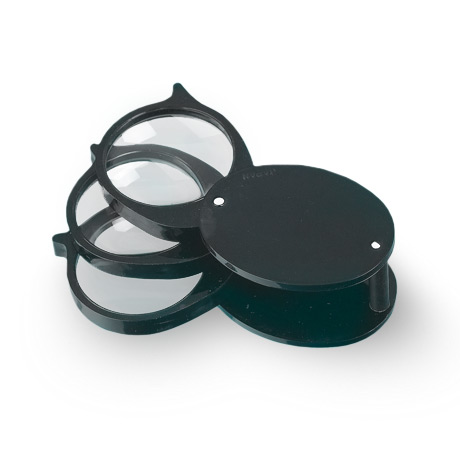 Donegan V341-T Triple Folding Pocket Magnifier. (Note: Amazon may not have this model in stock. If not, this link will give you enough details to do a Google search to find another vendor.) This is my favorite hand lens for snow crystal work. I like it because of the size of the lenses. The smaller lenses found with most hand magnifiers are fine in the summer, but in the winter when dealing with cold temperatures and wearing gloves or mittens, a larger lens is far easier to use. It's inexpensive, has 5X, 10X, and 15X magnification - and the best feature for use in snow pits is the larger lens size.
(Approximately $30)
Donegan V341-T Triple Folding Pocket Magnifier. (Note: Amazon may not have this model in stock. If not, this link will give you enough details to do a Google search to find another vendor.) This is my favorite hand lens for snow crystal work. I like it because of the size of the lenses. The smaller lenses found with most hand magnifiers are fine in the summer, but in the winter when dealing with cold temperatures and wearing gloves or mittens, a larger lens is far easier to use. It's inexpensive, has 5X, 10X, and 15X magnification - and the best feature for use in snow pits is the larger lens size.
(Approximately $30)
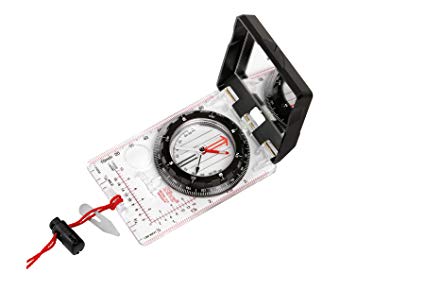 Silva 2.0 Ranger Compass. This link takes you what I feel is the best compass for avalanche work and outdoor navigation, and the pricing is the best I've found. I own a Silva compass which I've used for 40 years, and yours will last that long as well. If you do some comparison shopping, check to make sure that the compass has a separate red (or black) arrow which is used to measure slope angle (called an inclinometer or clinometer). That's important. Also check the degree scale. It should run from 0 to 360. There's a version of the Silva Ranger compass in which the degrees are divided into quadrants from 0 to 90. It usually has a Q in the model name, like Silva 15CLQ. Don't buy it. It's nearly impossible to use quandrant compasses for outdoor navigation work. Rather make sure that the compass has a full 360 range. (Approximately $80)
Silva 2.0 Ranger Compass. This link takes you what I feel is the best compass for avalanche work and outdoor navigation, and the pricing is the best I've found. I own a Silva compass which I've used for 40 years, and yours will last that long as well. If you do some comparison shopping, check to make sure that the compass has a separate red (or black) arrow which is used to measure slope angle (called an inclinometer or clinometer). That's important. Also check the degree scale. It should run from 0 to 360. There's a version of the Silva Ranger compass in which the degrees are divided into quadrants from 0 to 90. It usually has a Q in the model name, like Silva 15CLQ. Don't buy it. It's nearly impossible to use quandrant compasses for outdoor navigation work. Rather make sure that the compass has a full 360 range. (Approximately $80)
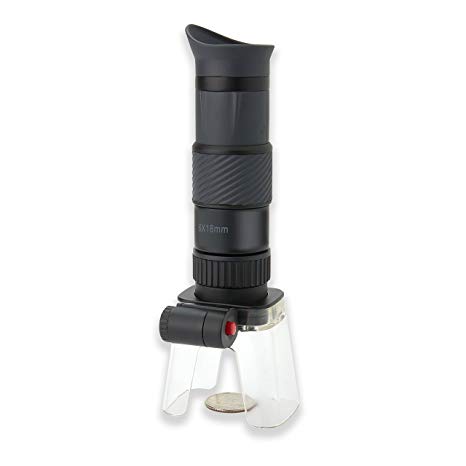 20 - 40x Portable Microscope. (Carson MicroBrite 20x-40x Zoom Pocket Microscope LED). The small, portable microscopes that we used in the field sessions have been discontinued by the manufacturer. The link, above, goes to a possible substitute. The price, however is so low that quality is probably an issue. If anyone comes up with a better alternative, let me know.
20 - 40x Portable Microscope. (Carson MicroBrite 20x-40x Zoom Pocket Microscope LED). The small, portable microscopes that we used in the field sessions have been discontinued by the manufacturer. The link, above, goes to a possible substitute. The price, however is so low that quality is probably an issue. If anyone comes up with a better alternative, let me know.
New York Times Article on the Tunnel Creek Avalanche:
Other Information:
Avalanche Advisories. This takes you to map of the western part of the US. You can click on colored locations to either get concise advisory information or more extensive information on local forecasts.
Teaching Avalanche Courses. This not a required paper for the course, but if you'd like some background on the class, it provides details on my philosophy of teaching avalanche courses, the teaching progression I use for the class, and reasons why I cover certain types of material. The original paper, written quite some time ago, was one of the first to articulate an approach to avalanche education and one of the references used when the national Level 1 certification course was developed.
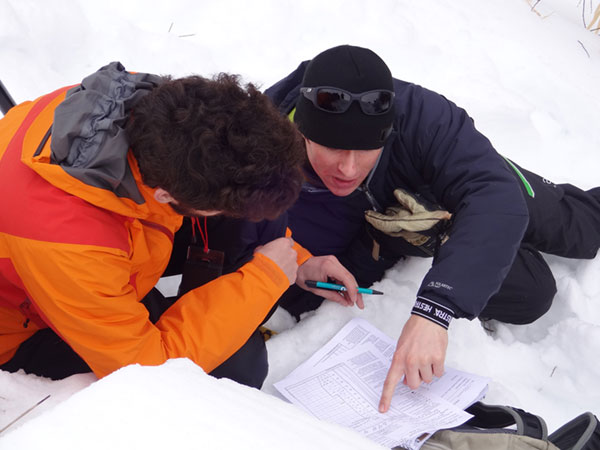
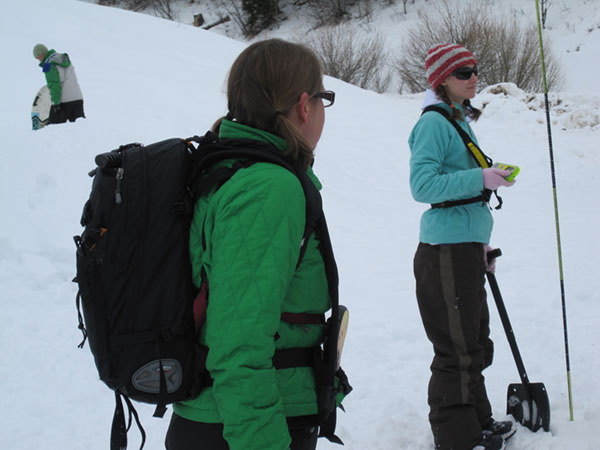
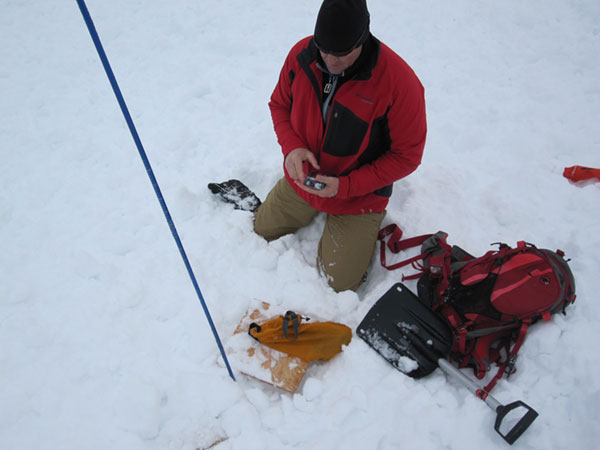
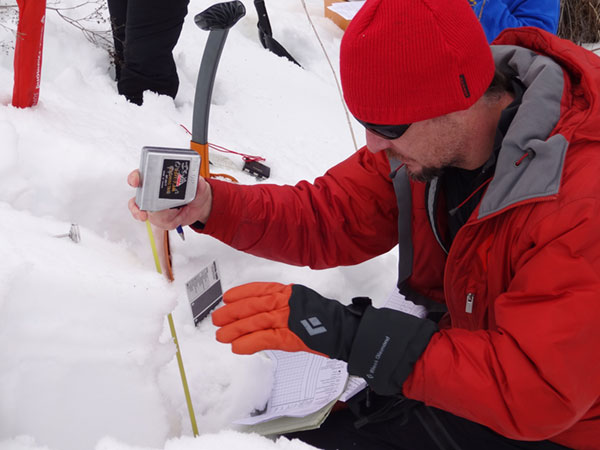
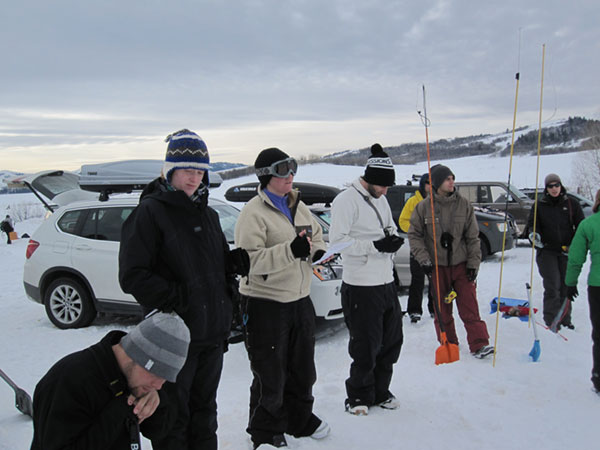 ___________________
___________________
Information on Idaho State University Outdoor Education is found here: ISU Outdoor Education
[END]

